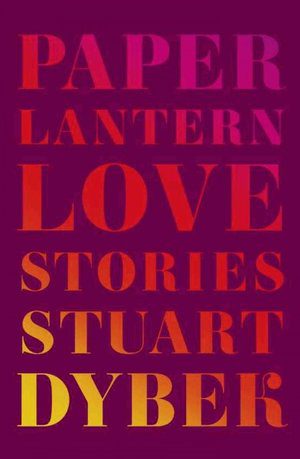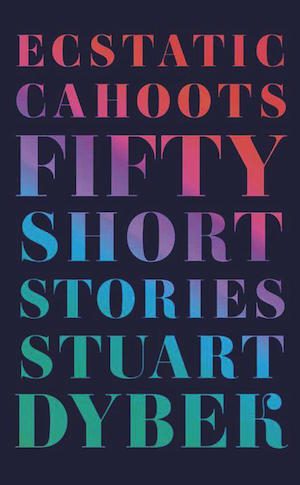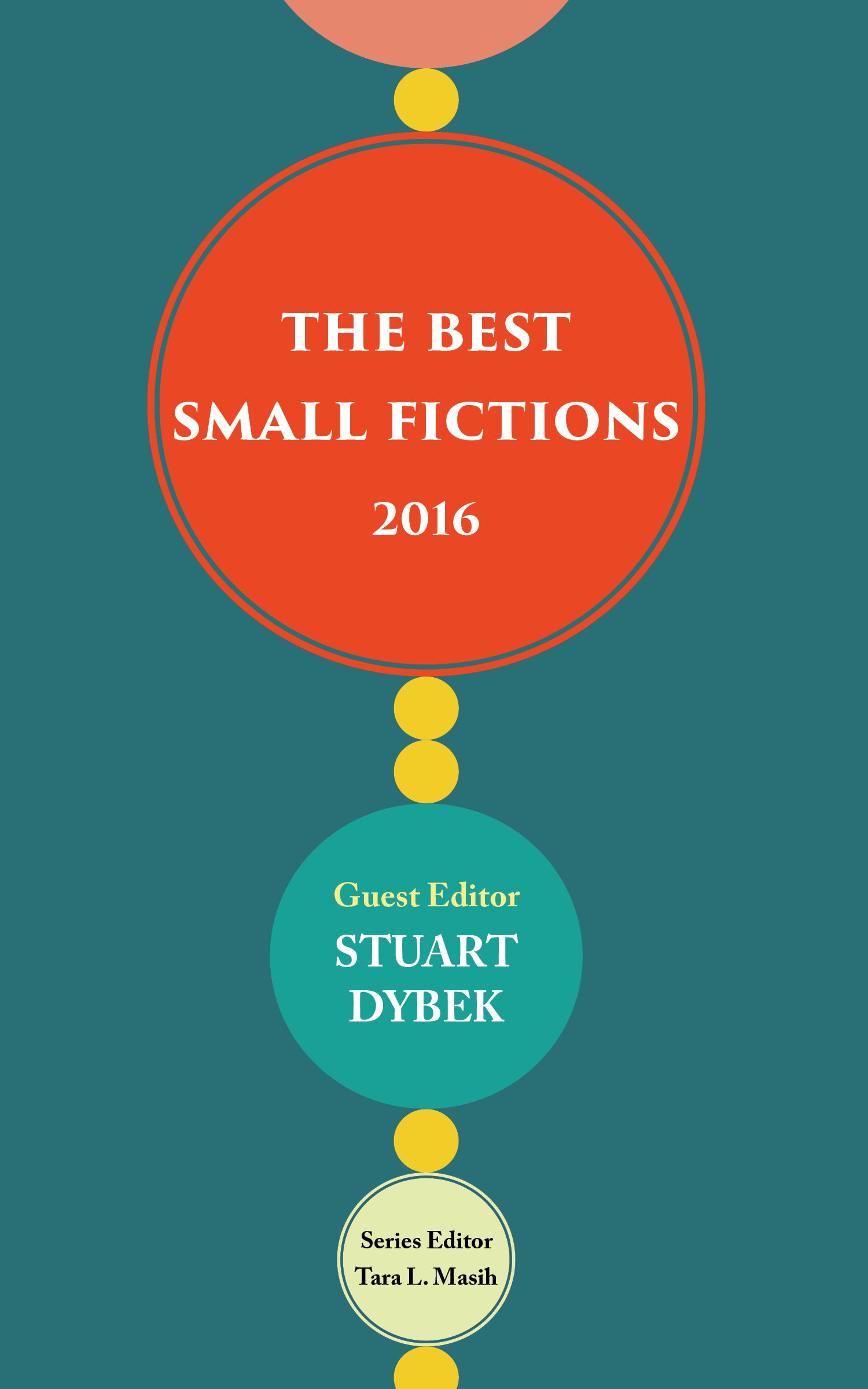Celebrated as one of the masters of contemporary American fiction, Stuart Dybek continues to expand narrative possibilities through stories rendered with exquisite lyricism and a vivid compression of images. His prose achieves fresh nuance and complexity, tempered by rich, dreamlike associations between memory and desire, place and time. The longing in Dybek’s fiction is at once haunting and melancholic, propelled by deep, far-reaching compassion.
Dybek’s exacting craftsmanship can be experienced in the smallest forms, as depicted in Ecstatic Cahoots: Fifty Short Stories. This collection of flash fiction was published alongside Paper Lantern: Love Stories, both from Farrar, Straus and Giroux. His previous books include Childhood and Other Neighborhoods, The Coast of Chicago, and I Sailed with Magellan. His numerous honors include a PEN/Malamud Prize, a Lannan Award, a Whiting Writers Award, several O. Henry Prizes, and fellowships from the National Endowment for the Arts and the Guggenheim Foundation. In 2007, he was awarded a John D. and Catherine T. MacArthur Foundation “Genius” Fellowship.
Together with author and editor Tara L. Masih, Dybek edited The Best Small Fictions 2016 (Queens Ferry Press), which is set to be released his fall. This essential anthology draws together some of the most exciting voices publishing in the small fiction form each year, featuring in this edition such luminaries as Etgar Keret, Michael Martone, and Amelia Gray.
I recently had the privilege of speaking with Stuart Dybek about his recent work and approach to the small fiction form and craft.
***
The Rumpus: Your recent collections, Paper Lantern and Ecstatic Cahoots, both contain stories driven by rich, lyrical narratives that often bend time with memory, juxtaposing vivid associations where the fabulist intersects with the everyday, and the past becomes a living entity, continuing to shape the present. Such narratives achieve a depth and complexity in character that is at once startling and penetrating with truth. No matter the brevity of your fiction, characters are rendered with haunting complexity. I think of “Belly Button” from Ecstatic Cahoots, where the narrator is tenderly washed by his Busha, whose simple bath time routine evokes a visceral connection to Poland, and “The Start of Something,” where the character Gil meditates his mysterious lover’s behavior since, “no matter how often he strips the past from her body, she finds a way to wear it again.” I found this particular sentiment mirrored in various stories throughout both collections, such as the title story “Paper Lantern,” where a laboratory fire plunges a narrator back to memories of an affair with a woman whose scandalous car seat antics capture the dangerous attention of a passing trucker. Do you find that the images and associations that emerge in your narratives are guided first by concerns with character? How significant is the awareness of a character’s past in rendering his or her story, be that through linear progression or a more lyrical association?
Stuart Dybek: Paper Lantern is made up of longer stories and includes a novella. Most of the stories were written one after another and in the process, I realized a motif was developing similar to one I worked with in an earlier book, a novel-in-stories called I Sailed with Magellan. That book was an homage to music. Each story/chapter had a song integral to the story. The title of the book was the name of a made-up song that the brother of the narrator sings at night. In I Sailed With Magellan that music motif appeared on its own and once I recognized it, I had a pattern to work with. In Paper Lantern, I wasn’t initially aware of the pattern until several of the stories were written. Each story in Paper Lantern plays one part or another off of the lives that the characters are living. In “Tosca” its opera, in “If I Vanished” film, in “The Caller” painting, etc. I used an epigraph for the book from one of my favorite poems, Keats’ “Ode On A Grecian Urn.” The mysterious interplay between art and life is beautifully evoked by Keats, emphasis on mysterious. I’m always looking for those kinds of interplays and counterpoints that happen naturally even though I may not initially see them. By placing narrative and thematic elements in opposition or in counterpoint to character, interactions automatically occur that add complexity, contradictions, and mystery to character development, especially if, as you point out, there are several such counterpoints going on in the story, such as the interplay between present and past, between realism and fabulism, between the narrative and the lyrical. Once that interplay is part of the design of a story, once it is set in motion, I trust that a kind of complex chemical literary reaction affecting both character and story will occur. The writer’s job is to set it in motion, not to try to dominate it. I’m after trying to make a story that is smarter than I am.
That intention is at work in some of the longer pieces in Ecstatic Cahoots such as “Swing” or “Ice” or “Pink Ocean.” Many of the very short ones are strongly image-centered, and the intention for pieces that short often has to do with creating a tension and metaphorical overlap between image and anecdote. Anecdote is a natural reflex in telling a story. We’re wired to do it, and yet it is often an overlooked element in discussing stories and, for that matter, poems. The very invisibility of anecdote is what makes it natural. But the trick about employing anecdote is to give it the surprise of weight and meaning. For anecdote to convey character and genuine emotion, it needs to be elevated somehow so that it’s retains the narrative charm we applaud in a tale told by a skilled raconteur, but the payoff on the page has to be more than a good story at a bar, it needs an epiphany, a realization, moral force, or some lyrical transformation that we look to the metaphorical power of image for.
Rumpus: In an interview with David E. Yee of The Journal, you reveal what most compels you in a literary sense, particularly in approaching flash fiction. You state that “at this point in a writing life, I am more consciously attracted to and fascinated by compression. Compression rather than minimalism—they are not the same.” What are your own considerations in rendering the compression of an image? How do you achieve satisfaction?
Dybek: That is an interesting question, one that can be answered in so many different ways. Haruo Shirane, for instance, in Traces of Dreams, one of my favorite books on writing and on poetry, addresses the subject of compression by studying the history of haiku and related forms, including their effect through Pound on modernism. Although Shirane focuses on Basho and haiku, if you are interested in the work and the highly suggestive, economical style of Kawabata and his influential Palm of Hand Stories, then Traces of Dreams is a book to read.
Shirane is interested in the compressive power of the image. That old saying about a picture being worth a thousand words applies even when the medium is language and the picture itself is made of words. Then, there are forms that seem in their very nature to be compressive. The sonnet, for instance. Prose doesn’t afford the rhyme scheme and lineation of a classic sonnet, but it is possible, especially in a prose poem or a piece of flash fiction to emulate the “turn,” on of the most beautiful moves in poetry. The use of transition is another compressive device that is very much at the heart of the short story. It isn’t an exaggeration to say that the art of transition is the art of the short story. The jumps a story makes and the speed at which it develops can contribute enormously to compression. Borges is a great example of that. I could have answered in a more compressed way simply by quoting Elmore Leonard, who is obviously channeling Hemingway, in stating, “I try to leave out the part that people skim.”
Rumpus: In your essay “Great Thoughts,” featured in the Rose Metal Press Field Guide to Flash Fiction, you speak to the importance of writers keeping a notebook, collecting fragments and thoughts that might later be reframed and assembled into more cohesive pieces, as “a writer has to create his own clay or stone before he can begin shaping life from it.” This is such an important insight, as there is much value in the process itself, even in those initial sketches which might be dismissed at first glance. You later explain how such fragments essentially provide essential emotive connections for the reader. Why is it particularly significant with flash, given the brevity of the small fiction form?
Dybek: I guess “flash fiction” is at this point the going term for the short short form that seems to have racked up more names than any other genre I can think of. There does seem to be a permission in short short forms to privilege the moment, if it can be captured in tact. The implication is that a moment can be a whole. That a powerful illumination is complete in itself like a dream might be complete or a vivid memory. And yet there’s an attractive paradox there because at the same time there’s a powerful sense of fragmentation. The paradox is one of the aspects I especially like about the form. The French, who were progenitors of the prose poem, don’t use the term flash fiction. Sometimes in France, such pieces are called fragments. Yet the term flash fiction reminds me of some of my favorite lines from French postwar poets, lines that have to do with what’s revealed in the moment of a lightning flash. The kind of lines I think of as Tiger, Tiger burning bright lines. Rene Char, for instance, in his lines about the eternal within the lightning flash state. “si nous habitons un éclair/’il est le coeur de l’eternal.” Or Jean Chatard’s line, “l’essentiel reste aux brefs élans du jour” that Derk Wynand translates as “the essence still resides in brief eruptions of the day.” As a reader, I am always on the lookout for that kind of sudden illumination, whether it’s haiku, poetry, prose poem, or flash fiction. It’s certainly however not the only target for a piece. Going back to your question about material in notebooks, I am reminded of “Lint,” a lovely little humble piece by Richard Brautigan that I’ve always admired.
Rumpus: Working alongside author and editor, Tara L. Masih, you recently served as guest editor for The Best Small Fictions 2016, where you reflect in the introduction upon the great diversity of the selected work, where some pieces achieve “the single most difficult challenge for small fiction: character development,” while others exhibit an “intention to bend genre or to broaden or redefine a story. Whatever the type of piece, there’s an attention throughout to image that would make the Ezra Pound of his Imagist period proud.” I couldn’t help but think of “Past a Roar Completed” by David Naimon, which is an evocative meditation on the experience of movement through language, and Amelia Gray’s “These are the Fables,” a brilliant story which weaves through a pregnancy announcement, the burning of a Dunkin Donuts, and finally ends in the Day’s Inn, where the singer Selena was supposedly murdered. What was your most important consideration in selecting these pieces? How did this “attention throughout to image” play a significant role in your decisions?
Dybek: I knew that working with Tara Masih, a fine writer in her own right and a wise editor, would be a pleasure and it was. Neither of us approached editing The Best Small Fictions with an agenda. Whether the images were lightning flashes of the eternal or lint, and everything in between, I looked for them to come alive on the page.
Rumpus: Thank you so much for taking the time to do this interview. In addition to the publication of The Best Small Fictions 2016 this fall, do you have any new books in the works or scheduled for release?
Dybek: Thanks for inviting news of upcoming projects. I have a new book scheduled for publication in November called The Start of Something: The Selected Stories of Stuart Dybek (Jonathan Cape/Vintage, London).
***
Author photograph © Jon Randolph.







